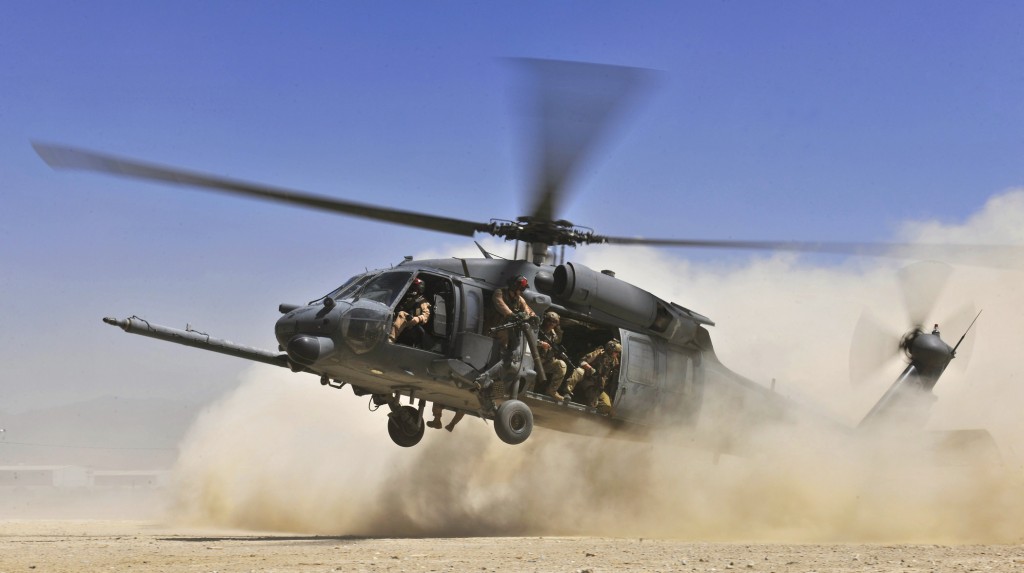Chapter 3 Blog Response
One of the methods for interpreting visual images is through the use of Compositional Interpretation. This involves the discussion of certain aspects of visual images such as content, color, spatial organization, light, and expressive content. These are the terms that will be used to discuss the photo in this post. However, moving images, like video, have there own key points described by Monaco. These are frame(screen ratio, screen frame, screen plane, multiple images, and superimpositions), shots(shot distance, shot focus, shot angle, point of view, pans, tilts, zooms, rolls, tracking and crane shots), cuts(type of cut and rhythm), and sound(type and relation to image).
This chapter describes what compositional interpretation consists of and its weaknesses. Likewise, the chapter uses detailed vocabulary to come up with ways of expressing the imagery of pictures. First off, Rose compares the compositional interpretation along the same lines of Irit Rogoff’s ‘the good eye’ which is a way of looking at art that does not go into methods but instead concerns itself with ‘high Art’ and is a kind of visual connoisseurship. Then it goes into the weaknesses of this approach by saying the images do not exist in a vacuum and that this interpretation’s approach does not worry about the way the images are produced and interpreted by certain social practices. The rest of the chapter is devoted to vocabulary and the definitions and descriptions of the words, first with still images and then with moving images.
Now to discuss the photo in question. First off is the content of the photo. It is a image and image of a military helicopter landing, as evident by the slight angle of descent, in a most likely middle eastern country. There are several soldiers inside the copter looking down towards the ground as one of them mans a gun.
Next is the color which seems to consist mostly of the hues blue, browns, and sort of a gray/green. The blues are quite saturated at the top and slowly become more neutral near the horizon as it mixes with the sand. The browns are a good example of a high value color as the brightness of the scenery gives the sand a light tan appearance. The gray/green color is very unsaturated with a low value which is common with military color schemes. A unique aspect with the colors in this photo is that they are almost complimentary colors with different values. This creates a dynamic contrast between the colors while at the same time not making the contrast hard on the eyes.
Spatial organization is the next topic to discuss on the photo. Due to the fairly close subject of the photo and the lack of much scenery, there is not much in terms of geometric perspective. However, it is easy to see that the horizon line is very low in relation to the image, about 1/8 from the bottom, but there is no evidence of a vanishing point. There is a sense of atmospheric perspective coming from the dulling of the blue sky nearing the horizon and the faded mountains in the background. The perspective of the image gives a particular viewing experience of a normal sized person taking a photo standing up. Likewise the subject is at a slight angle where part of the frontal view is evident. The height of the subject is above the viewer which cause a sense that we are looking up to it, while the distance is used to capture the entirety of the subject in one image.
The light of the image is a fairly profound aspect in that it is coming from the sun. The light given off is very bright and as a result the colors and details are brought out in the image. Also, the light plays off well with the sand clouds by creating an almost solid form of color that almost seems to engulf and hide the back of the helicopter.
The expressive content of an image is the last thing to talk about. Even though this image is a fairly simple one showing a helicopter landing, there are certain aspects that can be described expressively. One way of describing the light and the scene can be that the rays of light harshly illuminates the pillowing sand clouds as the helicopter softly floats down to the sandy and barren ground. This sort of description is needed because simple descriptions such as the ones above can not always capture the way an image looks.
This chapter was an enjoyable one to read as it described a way of looking at images through Compositional Interpretation. The aspects of this interpretation can easily help a person understand composition of an image by looking at its content, color, spatial organization, light, and expressive content. This kind of information is helpful for the understanding and interpreting of art.
